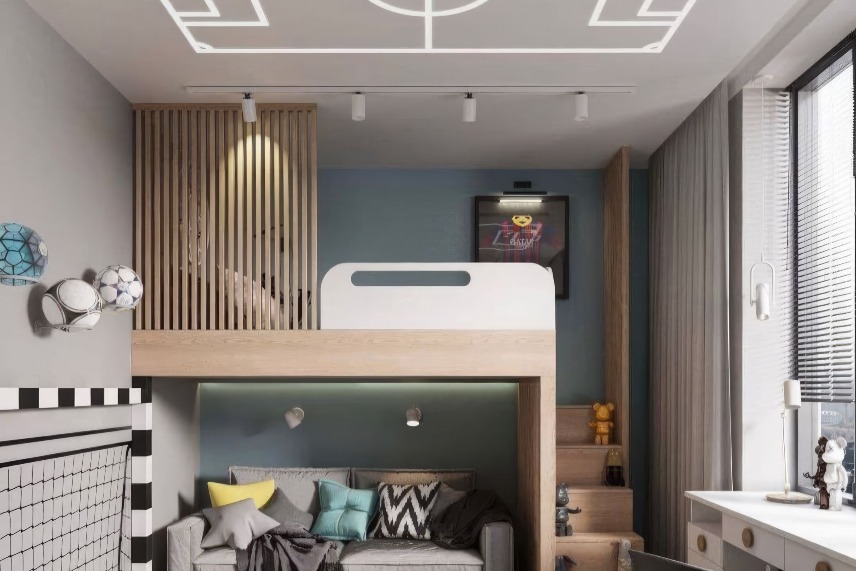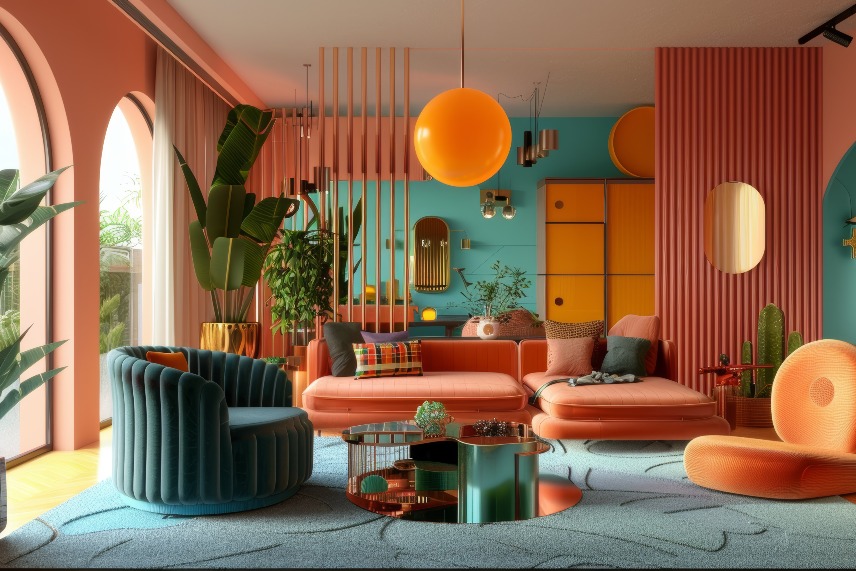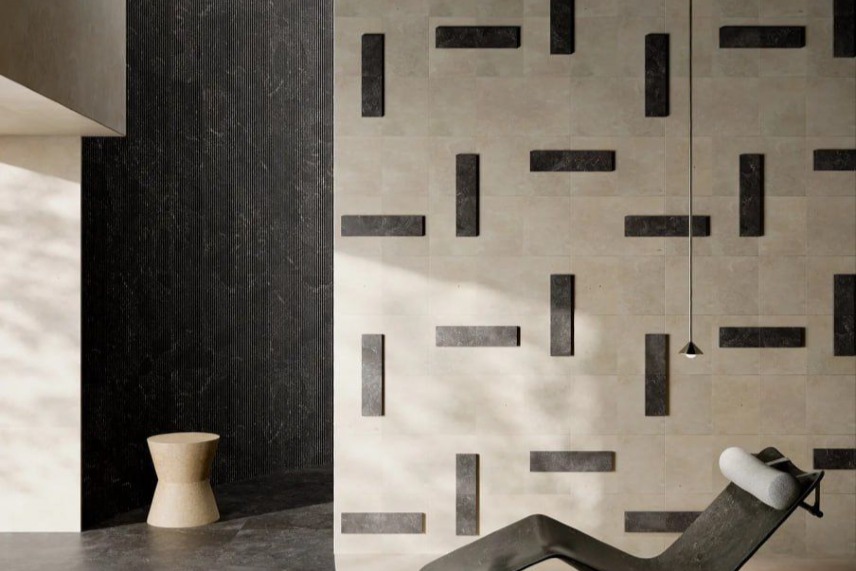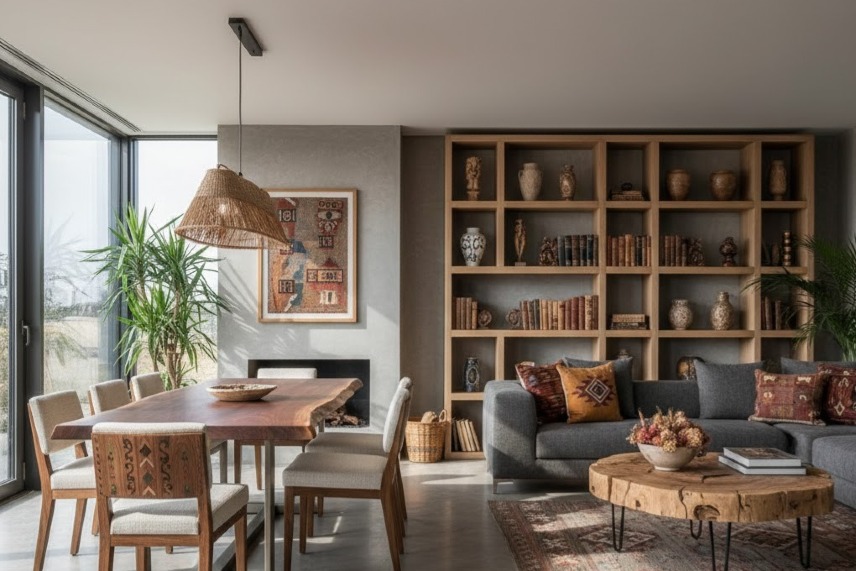- HOME PAGE
- / BLOG
BLOG
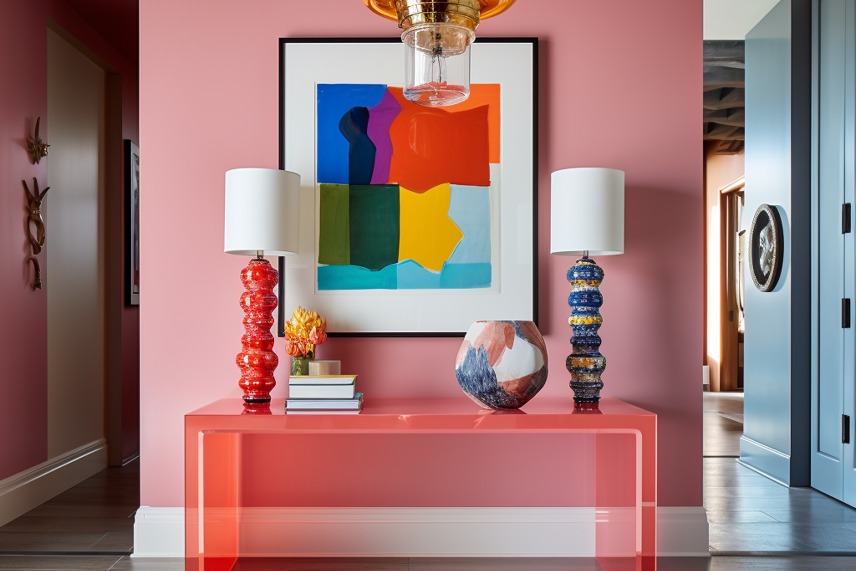
From Monochrome to Color Explosion: Concept Trends
From Monochrome to Color Explosion: Concept Trends
Color is not just an aesthetic choice — it is emotion, identity, and communication.
For years, interior design followed a monochrome path: quiet, neutral, and safe.
But the world has changed. People are leaving the comfort of gray tones and stepping into vibrant palettes that reflect emotion, energy, and personality.
The design landscape of 2025 tells this story perfectly — the shift from monochrome silence to expressive color.
The Language of Silence: The Minimal Power of Monochrome
For years, monochrome interiors symbolized modern sophistication.
White, beige, gray, and charcoal tones defined elegance and control — the visual equivalent of calm.
They reflected the human desire for order in a chaotic world.
In monochrome design, the story was told not through color, but through form, light, and texture.
Minimalism disciplined the eye and soothed the mind.
But as the world changed — through the pandemic, digital acceleration, and individual awakening — people realized something:
White walls sometimes felt too quiet.
The Return of Emotion: Why Color Matters Again
Color and psychology are inseparable.
Every hue triggers a physiological and emotional response.
Blue calms the mind, red ignites passion, yellow energizes, green restores balance.
After years of neutral calmness, the post-pandemic generation rediscovered color’s therapeutic power.
People now want spaces that energize them, not just shelter them.
And so, a new era began — one of color explosions, emotional vibrancy, and expressive interiors.
Walls, ceilings, furniture, even fixtures — everything is now alive and communicative.
Escaping Monochrome: The Birth of the Color Explosion
One of 2025’s strongest concepts is “controlled chaos” — or curated color explosion.
The goal is not shock, but emotional resonance.
Color becomes the protagonist, not the background.
Imagine this:
- Soft pink walls meeting bright orange accents.
- Olive-green sofas paired with deep navy curtains.
- Purple tones balanced by golden metallics.
These bold yet harmonious combinations define the new aesthetic.
Colors no longer compete — they dance.
Used intentionally, they change the room’s rhythm, influence mood, and even shape behavior.
The Digital Influence: Neon, Shine, and Screen Aesthetics
Our color sense has evolved with digital culture.
Social media filters, gaming environments, and AI-generated visuals have trained our eyes to crave brightness, saturation, and surreal contrast.
That’s why 2025’s design palette embraces neon and metaverse-inspired tones.
Digital lavender, cyber blue, holographic reflections, metallic chrome — these futuristic shades blur the line between the physical and virtual.
Interior design now translates the visual intensity of the digital world into real, tactile spaces.
This is the color language of the screen generation.
Color as Personality: The Emotional Identity of Space
Color has become a declaration of self.
During the minimalist age, interiors made people anonymous.
Now, every tone has a meaning — it says who you are.
The green on a wall speaks of calm and nature.
Red reveals passion and confidence.
Purple expresses individuality and mystery.
Orange radiates creativity and warmth.
Designers are no longer decorators; they are translators of personality.
Color is now a social and emotional language — not just a visual one.
Courage in Color: Breaking the Rules
For decades, the golden rule was “no more than three colors per room.”
That rule is gone.
The new design philosophy of 2025 is emotional courage.
Contrasts and transitions have replaced caution.
In living rooms, mustard yellows may sit next to pastel blues; in bedrooms, oranges blend into soft greens.
Harmony now means vibrancy, not uniformity.
Design has moved from calculation to intuition — guided by feeling, not formula.
Material and Texture: The Hidden Palette
Color no longer exists only on walls.
It’s in materials — the marble’s veins, the burnished brass, the velvet’s shadow.
Designers now see material as a living pigment.
Natural tones are paired with vivid highlights for balance.
A muted stone countertop paired with matte orange fixtures, for example, creates harmony between boldness and serenity.
In 2025, material and color are inseparable — one enhances the other.
Global Influence: The Cultural Palette
Color trends are now global, crossing borders and blending cultures.
Scandinavian whites meet Japanese reds, Mediterranean blues, and Middle Eastern golds.
This cultural fusion forms a new aesthetic: the global palette.
It’s not just decoration; it’s storytelling.
Colors carry history, memory, and identity.
Every hue becomes a cultural voice — making the interior both personal and universal.
Psychology of Color: Changing the Soul of Space
Colors speak to our subconscious.
Used wisely, they reduce anxiety, increase productivity, and create warmth.
Designers now use psychological color mapping to build emotional experiences.
In offices, blue and green foster focus.
In restaurants, red and orange stimulate appetite and conversation.
In homes, lavender and beige evoke calm and security.
Color has become design’s most powerful therapy — shaping not just how we see, but how we feel.
Colorful Minimalism: The Balanced Explosion
A new hybrid style has emerged — colorful minimalism.
Simple shapes meet bold hues.
Spaces remain uncluttered but emotionally expressive.
A white kitchen with a single vibrant orange wall.
A bedroom of soft neutrals lit by an emerald-green lamp.
These subtle interventions transform emotion without overwhelming the eye.
This is minimalism redefined — less sterile, more soulful.
The discipline of simplicity, infused with the joy of color.
Conclusion: Color as Emotional Architecture
Color is no longer decoration; it is design strategy.
The world of interior design is moving beyond the silence of neutrals toward emotional storytelling.
Gray, white, and beige now serve not as boundaries, but as stages for contrast and life.
The explosion of color marks a new emotional maturity in design — one that blends psychology, culture, and individuality.
Because space today is more than a structure; it is energy, identity, and narrative.
The future of interiors is not monochrome — it’s multicolored, meaningful, and alive.


